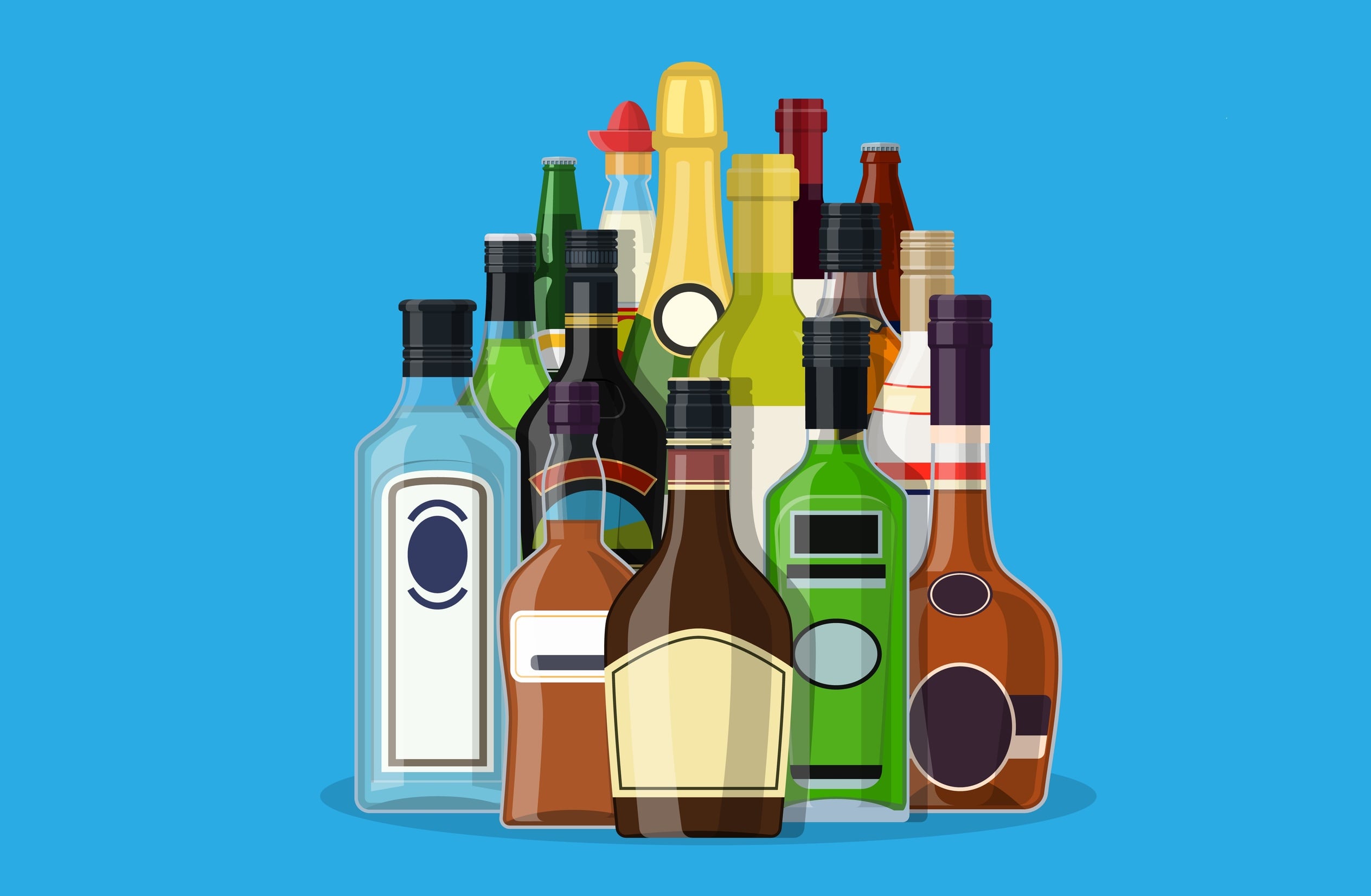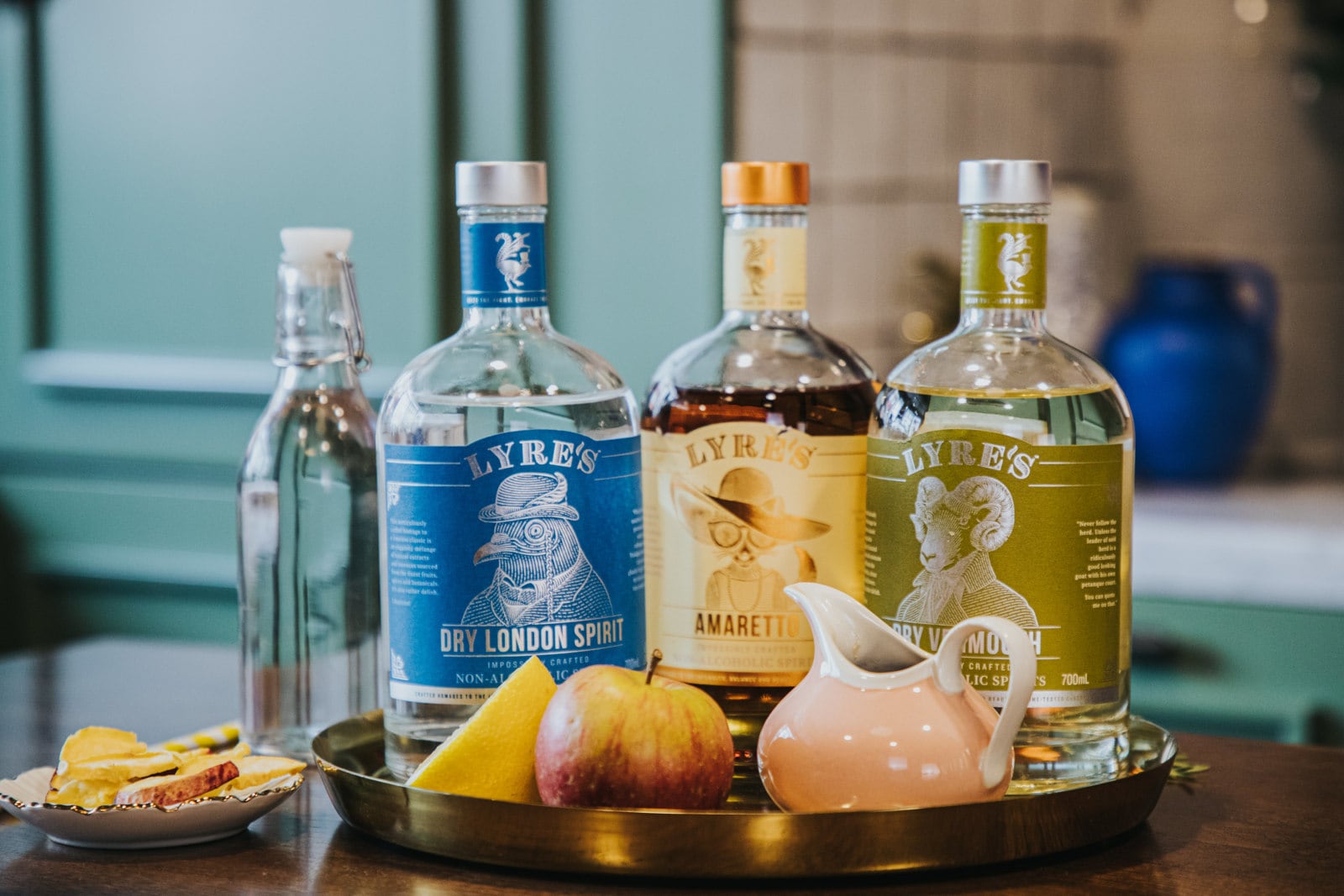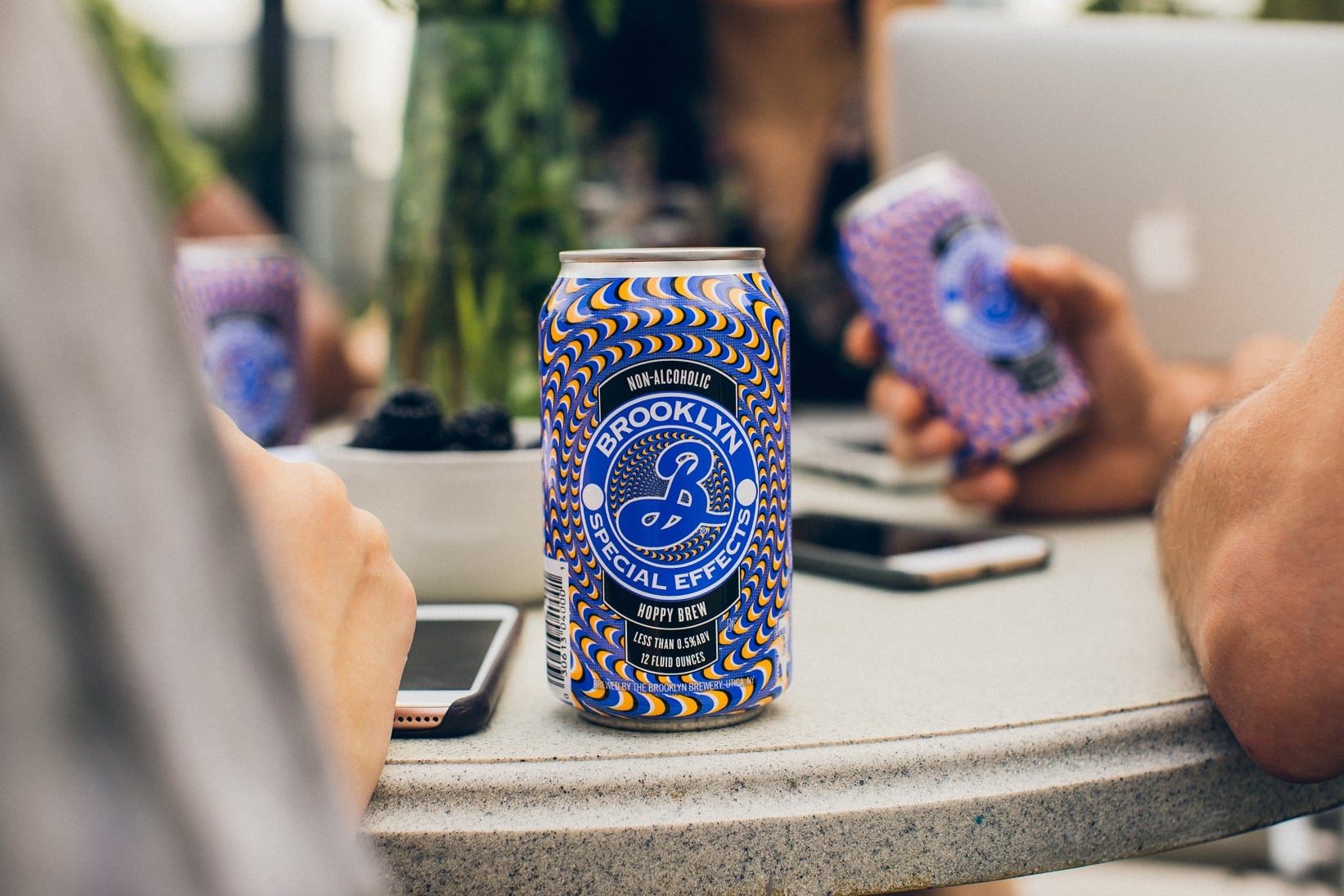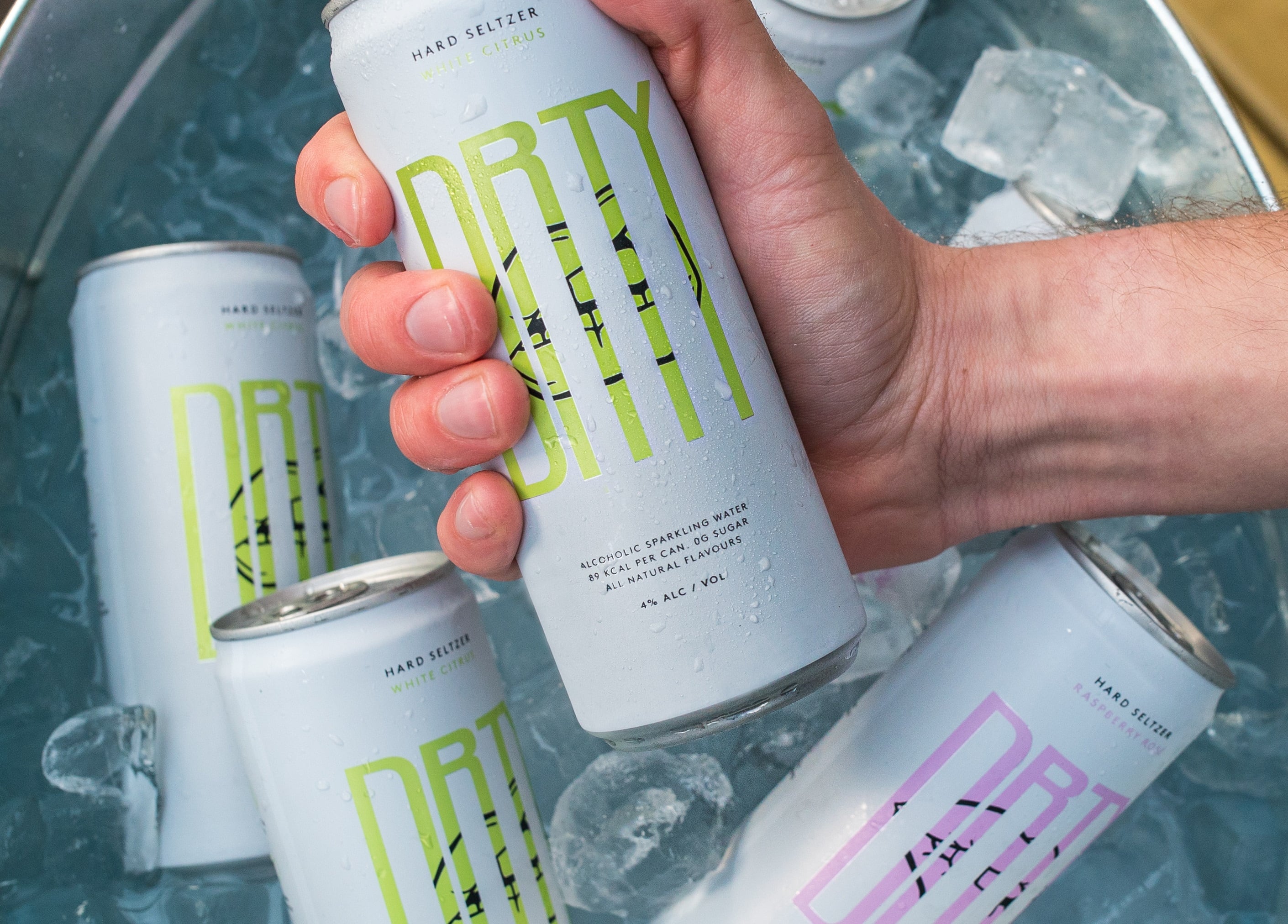The trend in UK alcohol consumption is showing a steady sustained decline over a lengthy period in time. The proportion of adults who say they have consumed alcohol in the last week fell from 67% in 1998 to 57% in 2017 and the trend is most marked among people in younger age brackets of 16-24 and 25-44.
It would seem, though, that there is still an appetite among British consumers for an alcohol-type taste as the sales of low alcohol versions of alcoholic beverages show significant growth.
When looking for low alcohol products, a consumer will look for descriptors on labels such as ‘low alcohol’ or ‘alcohol free’, descriptors which were embedded in UK law in the Food Labelling Regulations 1996.
This implemented EU Directives on food labelling but the section on alcohol descriptors was a national measure for the UK. These pieces of EU law applied across all Member States but allowed certain flexibility to implement them in a fashion that was appropriate to an individual country.
Food labelling then underwent a very significant overhaul when the Food Information to Consumer Regulation came into effect and the law changed from a ‘Directive’ to a ‘Regulation’. This is significant as it meant limited flexibility to Member States and so many of the national measures that had developed were removed from law including, eventually, low alcohol descriptors.
These were preserved for a time until 2018 as so-called ‘sunset clauses’, after which they were removed as law but retained as guidance after consultation. While this is good news from one perspective in that familiar terms are preserved for consumers, the alcohol levels associated with these descriptive terms remain different to other parts of Europe.
What - exactly - is 'alcohol free'?
In the UK the two descriptors in common use are ‘Low alcohol’ for alcohol levels beneath 1.2% and ‘Alcohol free’ where the alcohol is beneath 0.05%
It is the latter descriptor that causes an uneven marketplace within the EU because it is different to other Member States where it is generally 0.5%. Many in the drinks industry lobbied for parity with other parts of Europe but without success.
One effect of this is that with free movement of goods within the EU, low alcohol beer with an alcohol content of 0.5% produced in, for instance, Germany may be legitimately sold in the UK whereas a domestic producer could not do the same thing being bound by the lower alcohol threshold.
One of the central principles of the EU is the free movement of goods between Member States and this aspect of the EU featured prominently in debates over Brexit. In essence, it means that no Member State may block the import of products legitimately placed on the market in another Member State.
The case law that defines this principle of mutual recognition, sometimes known as the ‘Cassis principle’, is well-established dating back as it does to the 1970s in a series of cases that were interestingly to do with alcohol starting with Cassis de Dijon. The German authorities had refused the import of a fruit liqueur from France with an alcohol content beneath that allowed by German national standards. The reasons were based on consumer health and protection as well as supporting domestic producers against an unfair commercial advantage being given to foreign manufacturers. The Court found that these arguments did not meet a ‘test of reasonableness’ and so, in the absence of any specific reasonable grounds for restriction, products that have been lawfully produced and marketed in one Member State may not be blocked from another on the basis of national rules.
It could be argued that as laws have changed from Directives to Regulations and the EU has expanded its law, mutual recognition has less relevance than it did over 40 years ago but there are still gaps in harmonised law. Applying mutual recognition to the importation of alcohol-free beer into the UK from another EU Member State where it has been legitimately produced and marketed with an alcohol content of 0.5% means it isn’t possible for it to be blocked on the basis of its higher alcohol content than domestic labelling guidance would allow.

Quite what will happen when the UK leaves the EU remains to be seen of course but in theory, the UK will no longer be bound by mutual recognition but creating barriers to trade can work in both directions.
Steve Spice is Regulatory Manager at Ashbury Labelling, the global brand compliance company involved in supporting clients in ensuring product and labelling compliance. Steve has many years’ experience in food manufacturing, retail and consulting, with particular expertise on quality systems, food contamination and food labelling .




